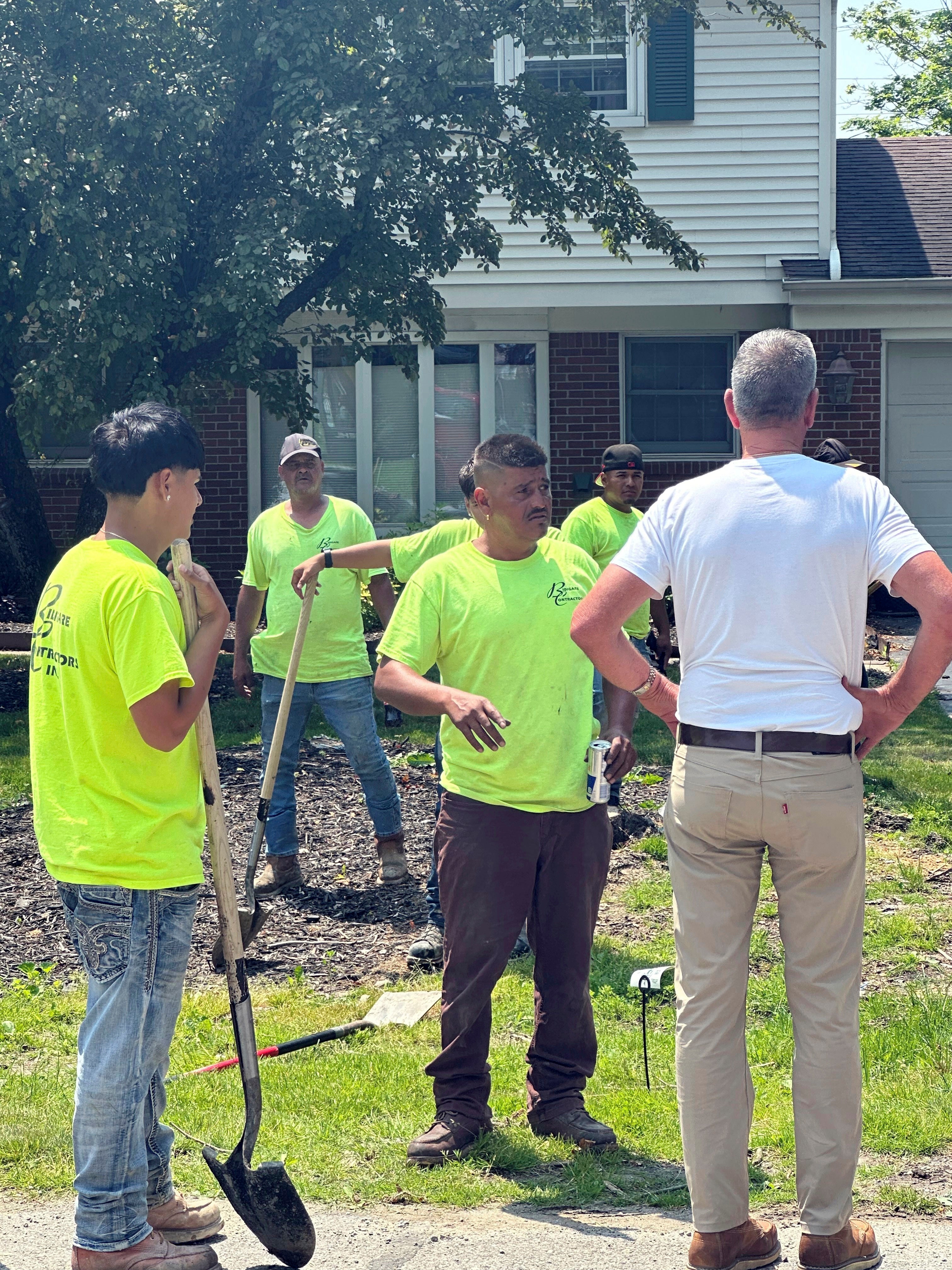If you can't stay indoors during this U.S. heat wave, here are a few ideas
It’s hot and getting hotter for workers and everyone else outdoors as the first significant heat wave of the year makes its way eastward across the United States

It’s hot and getting hotter for workers and everyone else outdoors as the first significant heat wave of the year makes its way eastward across the United States. More than 70 million people were under extreme heat alerts Monday.
What's more, the heat will move in and sit. Excessive humidity will make it feel even more oppressive. “The duration of this heat wave is notable and potentially the longest experienced in decades for some locations,” the National Weather Service said over the weekend.
That's dangerous. Emergency medical services across the U.S. already deployed for heat-related emergencies more than 2,400 times between June 1 and June 14, according to a government data tracker.
From gardeners to builders, not everyone can stay indoors. Here's some advice on how to cope from some of the people who will be working outside this week.
Watch yourselves, and others
Last year the U.S. had the most heat waves — abnormally hot weather lasting more than two days — since 1936. In the South and Southwest, last year was the worst on record, according to the National Oceanic and Atmospheric Administration.
On Monday afternoon, Jose Orozco and about a dozen other workers rested beneath a tree near their water main project in Farmington Hills, a suburb of Detroit. The temperature was already above 80 degrees and rising.
The work of maintaining the public water supply in a heat wave is crucial. But it needs to be done as safely as possible. That means watching for signs of heat exhaustion, or worse.
“All we do is just drink water and take breaks of 15 minutes,” Orozco said. “You can see somebody slow down and it’s time to take a break.”
Tuesday will be even more challenging, he said. They will work with asphalt.
Hot-mix asphalt being poured can reach temperatures of up to 300 degrees, said Chris Engelbrecht, safety and emergency management director for the Missouri Department of Transportation. On a given summer day, 2,000 or more workers will be on Missouri roads doing maintenance.
The Illinois Department of Transportation has been preparing for the heat for weeks. It has “tailgate talk” sessions in mid-spring to prepare crews on what precautions to take, said Joseph Monroe, an operations engineer.
Do what you need early
From Southern California to parts of New England and from the Canadian border south to the Florida Keys, temperatures this week are expected to top 90 degrees and even over 100 in some places, according to the National Weather Service.
Chris Sander operates Powder Monkey Fireworks, which is already preparing for the Fourth of July in Missouri. Sales begin this week, and workers have started setting out the merchandise.
Sander said his employees do the hardest physical work early in the morning, before the heat grows. The tents are vented but not air-conditioned.
“We have a bunch of fans, so you’ll pour bottled water on your head and stand in front of a 30-inch fan every five or 10 minutes, take a lot of breaks,” Sander said. Workers can also go to an air-conditioned camper. Sander encourages lunch at a restaurant to help them cool off.
If needed, he'll send them home.
“If you see somebody a little lethargic or not with it, tell them, ‘You’re done for the day. Come back tomorrow,’” he said.
Know your limits
Urban areas are going to sizzle. Chicago is expected to reach 95 degrees Monday. The Detroit area could see 97 degrees on Thursday. Knoxville, Tennessee, could have 96 degrees by Friday.
Work supervisors with the Oakland County Road Commission in southeastern Michigan try to restrict workers' hours in the direct sun, said spokesman Craig Bryson.
Greg Brooks, director of safety and compliance for the Michigan Infrastructure and Transportation Association, said the state requires construction companies to take necessary precautions. Beyond providing drinking water and extra breaks, many companies rotate workers so no one person stays exposed to the heat all day long.
On some jobs, shifts are staggered. Crews work during the cooler mornings and resume in the evening to avoid the hottest part of the day.
It’s also important to teach workers how to recognize there’s an issue in each other, Brooks said: “Generally, people who are experiencing heat exhaustion aren’t going to recognize it as heat exhaustion because they get tunnel vision."
___
Salter reported from O'Fallon, Missouri.
___
Follow AP’s coverage of weather at https://apnews.com/hub/weather
Bookmark popover
Removed from bookmarks